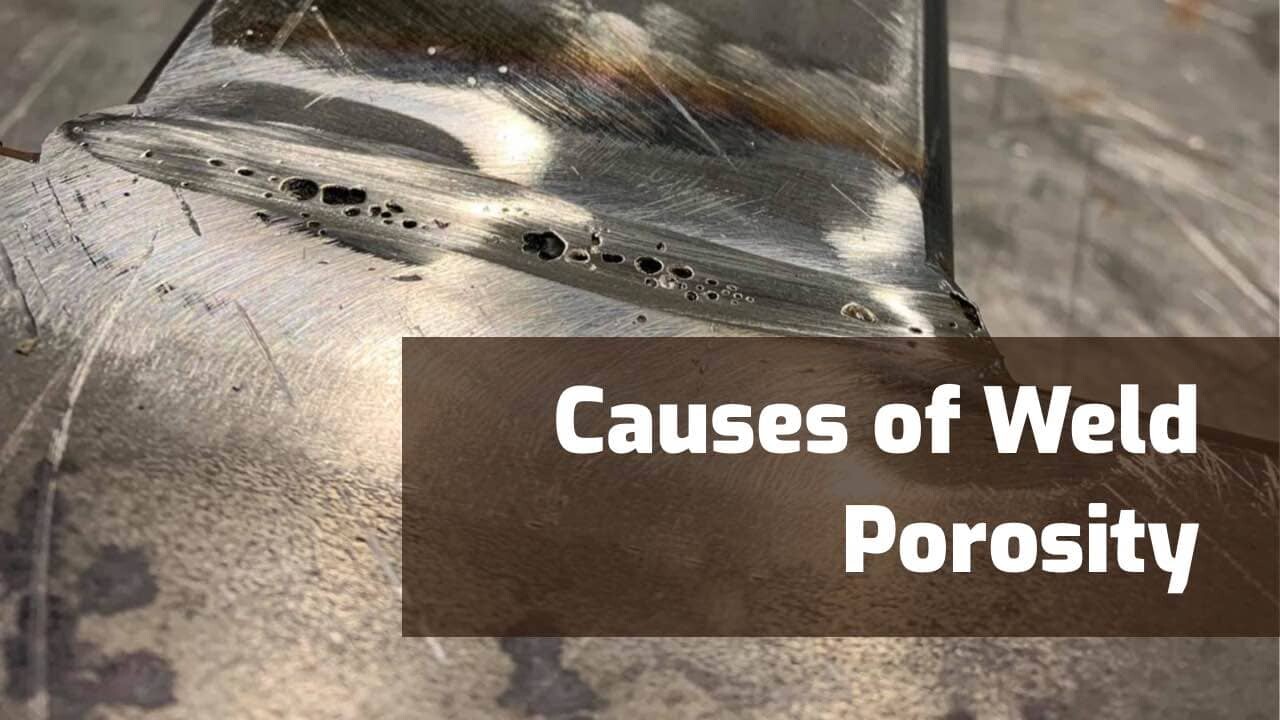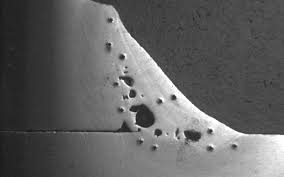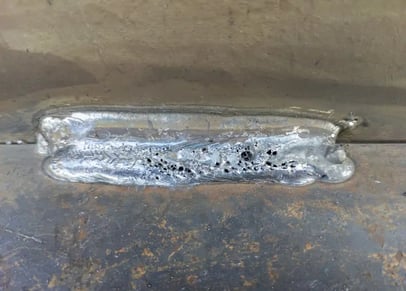What is Porosity in Welding: Trick Elements and Their Influence On Weld High Quality
What is Porosity in Welding: Trick Elements and Their Influence On Weld High Quality
Blog Article
The Science Behind Porosity: A Comprehensive Overview for Welders and Fabricators
Comprehending the complex mechanisms behind porosity in welding is vital for welders and producers striving for impeccable craftsmanship. As metalworkers look into the midsts of this phenomenon, they uncover a world regulated by numerous variables that influence the formation of these tiny gaps within welds. From the composition of the base products to the details of the welding process itself, a plethora of variables conspire to either aggravate or reduce the presence of porosity. In this extensive guide, we will certainly unravel the science behind porosity, exploring its results on weld high quality and introduction progressed methods for its control. Join us on this trip with the microcosm of welding imperfections, where precision fulfills understanding in the pursuit of flawless welds.
Understanding Porosity in Welding
FIRST SENTENCE:
Examination of porosity in welding reveals critical understandings right into the honesty and quality of the weld joint. Porosity, characterized by the presence of dental caries or spaces within the weld steel, is an usual issue in welding procedures. These gaps, otherwise appropriately dealt with, can compromise the architectural honesty and mechanical homes of the weld, bring about potential failings in the completed item.

To discover and quantify porosity, non-destructive screening methods such as ultrasonic screening or X-ray evaluation are frequently used. These methods enable the recognition of inner problems without compromising the integrity of the weld. By assessing the size, shape, and distribution of porosity within a weld, welders can make educated choices to enhance their welding processes and achieve sounder weld joints.

Factors Affecting Porosity Formation
The incident of porosity in welding is influenced by a myriad of elements, ranging from gas protecting efficiency to the details of welding parameter setups. One important factor adding to porosity development is poor gas shielding. When the protecting gas, typically argon or CO2, is not effectively covering the weld pool, climatic gases like oxygen and nitrogen can pollute the molten metal, bring about porosity. Additionally, the tidiness of the base materials plays a considerable function. Impurities such as rust, oil, or wetness can vaporize during welding, developing gas pockets within the weld. Welding specifications, including voltage, current, take a trip speed, and electrode type, additionally impact porosity development. Making use of inappropriate setups can create extreme spatter or warm input, which in turn can lead to porosity. Additionally, the welding technique used, such as gas steel arc welding (GMAW) or secured metal arc welding (SMAW), can affect porosity formation as a result of variants in warm circulation and gas protection. Comprehending and managing these aspects are vital for decreasing porosity in welding operations.
Impacts of Porosity on Weld High Quality
The existence of porosity likewise compromises description the weld's resistance to corrosion, as the entraped air or gases within the spaces can respond with the surrounding setting, leading to degradation over time. In addition, porosity can impede the weld's capacity to withstand pressure or effect, additional jeopardizing the total quality and reliability of the welded framework. In vital applications such as aerospace, automobile, or structural buildings, where security and durability are critical, the detrimental impacts of porosity on weld top quality can have extreme effects, emphasizing the significance of lessening porosity with proper welding techniques and treatments.
Methods to Reduce Porosity
Furthermore, utilizing the appropriate welding specifications, such as the appropriate voltage, existing, and take a trip rate, is important in avoiding porosity. Maintaining a constant arc size and angle during welding likewise helps decrease the chance of porosity.

Utilizing the ideal welding technique, such as back-stepping or employing a weaving motion, can likewise assist distribute warmth uniformly and minimize the possibilities of porosity development. By executing these strategies, welders can properly minimize porosity and create high-quality welded joints.

Advanced Solutions for Porosity Control
Applying sophisticated technologies and cutting-edge approaches plays an essential role in attaining superior control over porosity in welding procedures. One innovative option is the usage of innovative gas blends. Protecting gases like helium or a combination of argon and hydrogen can help in reducing porosity by providing far better arc security and enhanced gas protection. Furthermore, using sophisticated welding methods such as pulsed MIG welding or modified ambience welding can additionally aid mitigate porosity problems.
Another sophisticated service includes making use of advanced welding equipment. As an example, making use of tools with built-in attributes like waveform control and innovative site link source of power can enhance weld quality and minimize porosity risks. The application of automated welding systems with accurate control over criteria can considerably lessen porosity defects.
Moreover, including sophisticated surveillance and inspection modern technologies such as real-time X-ray imaging or automated ultrasonic screening can aid in detecting porosity early in the welding process, click to read more enabling for instant rehabilitative activities. Overall, incorporating these sophisticated solutions can considerably enhance porosity control and boost the total quality of bonded parts.
Final Thought
In verdict, understanding the science behind porosity in welding is vital for welders and producers to produce premium welds. By identifying the elements influencing porosity development and applying strategies to reduce it, welders can boost the general weld high quality. Advanced options for porosity control can even more enhance the welding process and make sure a strong and trustworthy weld. It is essential for welders to continuously educate themselves on porosity and execute finest techniques to achieve ideal results.
Report this page